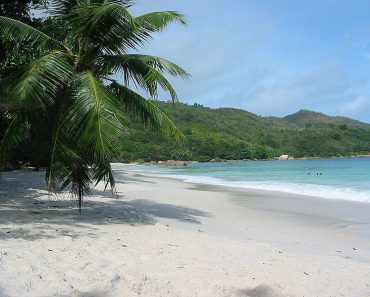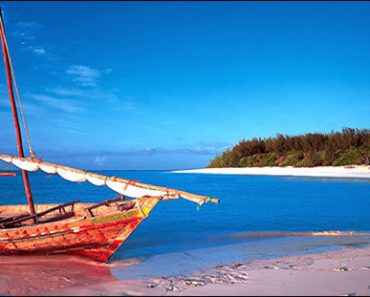Covering an area of more than 47,000 hectares, the Cradle of Humankind contains a series of limestone caves from which prehistoric fossils have been found throughout the years. It is a veritable treasure trove for paleoanthropologists, as well as one of the most fascinating tourist sites in South Africa.
 Location and How to Get There
Location and How to Get There
The Cradle of Humankind is located in Gauteng, one of the 9 provinces of the Republic of South Africa. It is approximately 50 km northwest of South Africa’s largest city, Johannesburg. One of the Cradle’s sites, the Sterkfontein Caves, is only a 1-hour drive away from Johannesburg and the city of Pretoria.
What to See There
There are over 3-dozen caves in the Cradle of Humankind, only 2 of which are open to the public. One of these is the Sterkfontein Caves, from whence was discovered “Mrs. Ples,” (short for Plesianthropus transvaalensis), the nearly complete skull of a female adult Australopithecus africanus. The caves are also famous for the discovery of the fossil hominin skeleton “Little Foot.” The Sterkfontein Caves is host to a scientific exhibition center delving into such varied but related topics as hominid fossils, prehistoric life forms, geology, and cave formations.
Guided tours are conducted into the caves every 30 minutes, 7 days a week. There is also a restaurant where tourists can relax either before or after a tour. The other one of the Cradle’s caves that is accessible to the public is the 2.2 billion year-old Wonder Cave in Kromdraai. The country’s 3rd largest cave chamber, it is 125 meters long, 154 meters wide, 60 meters deep, and has an area of 46,000 sq m. The Wonder Cave boasts of approximately 14 stalagmite and stalactite formations that grow up to a height of 15 meters.
History
The Cradle of Humankind earned its name due to the large number of hominid fossils (more than 850) that have been discovered there, some of which date from as far back as 3.5 million years in the past. The Sterkfontein Caves alone has yielded 1/3 of the earliest hominid fossils ever discovered. Robert Bloom first found ape-man fossils in these caves back in 1935. “Mrs. Ples” was discovered in 1947, while “Little Foot” was found and pieced together from 1994 to 1998. The world’s longest continuous fossil excavations were first conducted in Sterkfontein by Phillip Tobias in 1966, and continue up to now. The Cradle of Humankind was named a UNESCO World Heritage Site in 1999.
Cost
The admission fees for the Sterkfontein Caves are R120 for adults, R70 for children ages 4 to 14, and R80 for pensioners and students. Children under the age of 4 can get in for free.
Other Info
The Sterkfontein Caves is open from 9 AM to 5 PM, with the last tour departing at 4 PM. For more information, log on to www.maropeng.co.za.






